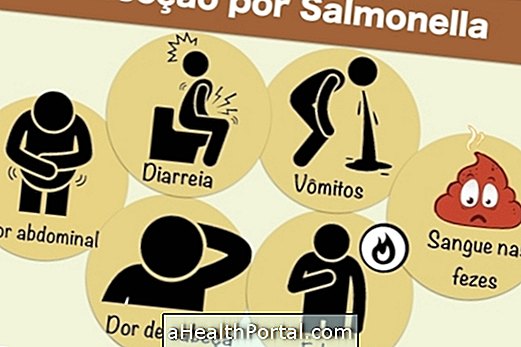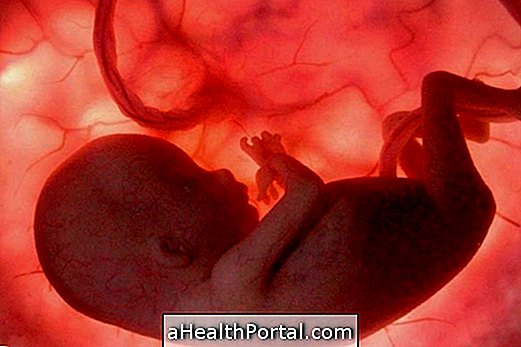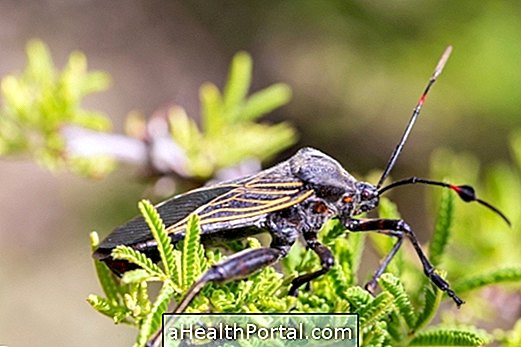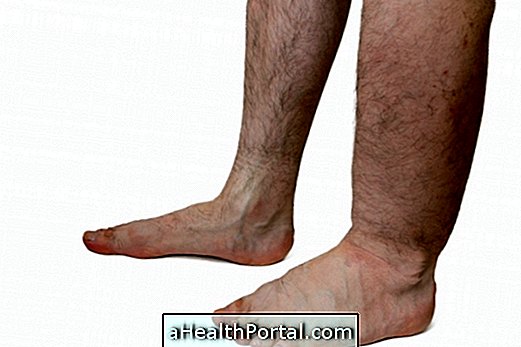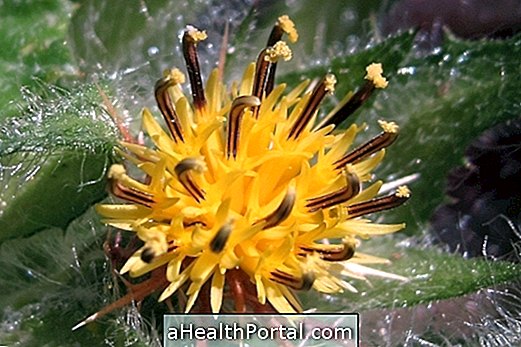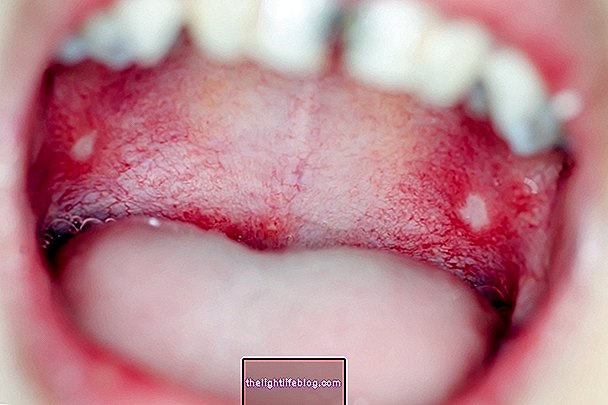Hymenolepiasis is a disease caused by the parasite Hymenolepis nana, which can infect children and adults and cause diarrhea, weight loss and abdominal discomfort.
The infection by this parasite is made through the consumption of food and contaminated water, so it is important to adopt some preventive measures, such as washing hands and food before preparing them. See other measures to prevent verminoses.
The diagnosis of hymenolepiasis is made by searching for eggs in the faeces and treatment is usually done with the use of antiparasitics, such as Praziquantel, for example.

Biological cycle
Hymenolepis nana can present two types of biological cycle: the monoxenic, in which there is no intermediate host, and the heteroxenic, in which there is an intermediate host, such as rats and fleas, for example.
- Monoxenic cycle: is the most common cycle and begins with the accidental ingestion of parasite eggs present in water or contaminated food. Ingested eggs enter the intestine, where they hatch and release the oncosphere, which penetrates the villi of the intestine and develops into a cysticercoid larva, which attaches to the intestinal mucosa. This larva develops in adult worm and lays eggs, which are eliminated in the feces, giving rise to a new cycle.
- Heteroxenic cycle : this cycle occurs from the development of the parasite inside the intestine of the intermediate host, such as rats and fleas, which ingest the released eggs in the environment. The man acquires the infection through the contact with these animals, mainly, or the consumption of food or water contaminated by the feces of these hosts, initiating the monoxênico cycle.
One of the factors that facilitates the infection by this parasite is the short life of the parasites: adult worms can only survive 14 days in the body and, therefore, quickly release the eggs, which can survive up to 10 days in the external environment, being enough time for a new infection.
In addition, the fact that it is an easy infection to obtain, environments with great concentration of people, such as crèches, schools and prisons, that besides having many people together the sanitary conditions are precarious, they facilitate the transmission of the parasite.
Main symptoms
Hymenolepiasis symptoms are associated with the age of the infected person and the amount of parasites present in the intestine. The main symptoms of hymenolepiasis are:
- Diarrhea;
- Abdominal pain;
- Malnutrition;
- Weight loss;
- Irritability.
In addition, the presence of the parasite in the intestinal mucosa can lead to the formation of ulcers, which can be quite painful. In rare cases, hymenolepiasis may lead to the onset of nervous system-related symptoms, such as seizures, loss of consciousness, and epileptic seizures.
The diagnosis is made through fecal examination that aims to identify the presence of eggs of the parasite, which are small, semi-spherical, transparent and surrounded by a thin membrane. Understand how the stool test is done.
How is the treatment done?
Hymenolepiasis is treated with medicines that normally do not cause side effects, such as Praziquantel and Niclosamide.
Although it is an easily treated parasite, it is important that hymenolepiasis is prevented by prophylactic measures to reduce infection by this parasite. Thus, it is important to adopt better hygiene habits, such as washing hands before eating and after using the bathroom, washing the food before preparing them and adopt control measures for insects and rodents, since they can be intermediate hosts of Hymenolepis nana.

